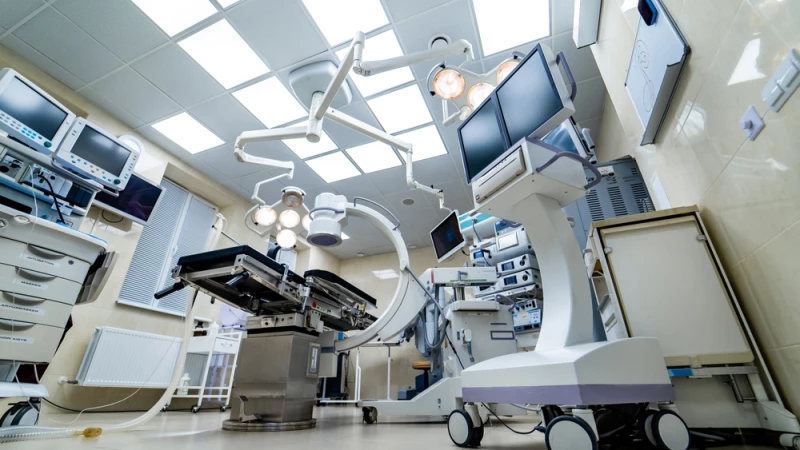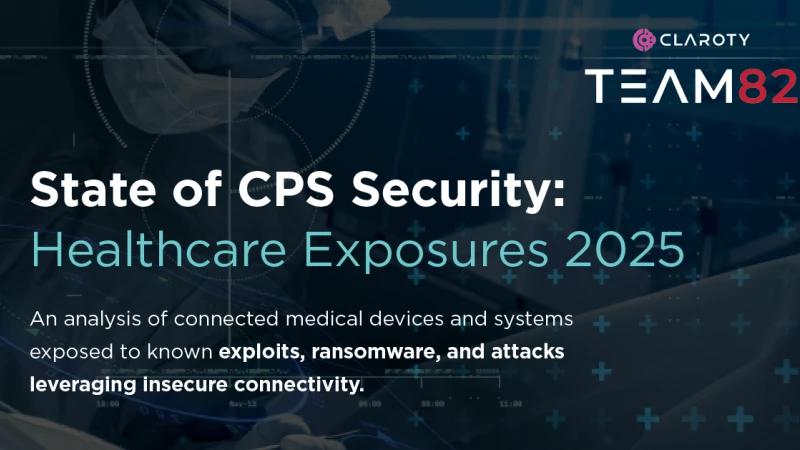Real-time, value-based care delivery models are driven by data. It takes data to answer questions and make decisions that can help lower costs and enhance patient experiences; it takes data to make changes and take actions that can help increase efficiencies and improve patient outcomes.
But data is not always easy to come by. Particularly medical device data that can impact the availability and quality of care. That’s why it has become so important to connect your computerized maintenance management system (CMMS) to all the medical devices in your environment. By creating a “live asset connection”, you can ensure teams across your organization have the device data and insights they need, when they need them, to optimize the delivery of care and extract maximum value from your fleet.
The Importance of a Single Source of Truth
While it’s okay for different departments to use different tools to power their individual workflows, when the underlying data is inconsistent, it’s a problem. In fact, it could be one of healthcare’s most debilitating unforced errors. A lack of common understanding of connected devices creates interoperability issues that lead to inefficient workflows and gaps in operational oversight that can manifest as organizational risks.
It’s why it is so important to break down organizational silos and converge on a common device data foundation—a single source of truth—to create the mutual understanding and cross-functional leverage that can really make a difference. As noted in the latest article on Medigate in the TechNation Magazine Digital Supplement, “Orchestrating CMMS Visibility to Drive Business Value”, transforming the CMMS into a dynamic system of record can fuel improvements across the health system’s ecosystem that generate immense value.
Benefits of Convergence
The potential unlocked by a shareable, single source of truth for medical device data can be seen in any number of operational processes and business workflows. For example, it can improve:
Capital planning: providing a direct link between production, capacity, and demand that can significantly improve connected asset capital planning and spend management (reduction in CapEx spend on device purchases, for example).
Demand-driven allocations: delivering a real-time view of asset availability (i.e., capacity) and utilization (i.e., demand) that can lead to better scheduling and distribution.
Operational efficiencies: improving device lifecycle management, from planning and acquisition to retirement and disposal, as well as prolonging the useful life of assets by shifting maintenance interventions from elapsed time to actual utilization.
Risk abatement: helping everyone better understand and address risks. For example, device risk factors can be added to supplier selection criteria and can impact rental and leasing decisions.
How to Measure the Value of Convergence
Calculating business value of data-enabled convergence is not the “fuzzy” process that many assume. In fact, provided there is directional alignment and agreement on estimation procedures and levels of accuracy, the processes for calculating cost and value are much the same. When measured, it can help build the business case for technology investments and serve as a baseline for tracking ongoing progress.
Intuitively, we know the more severe the problem being addressed, the greater the return on investment (ROI) when it’s fixed. It’s why Medigate has worked with its clients to formalize a process for identifying top areas of concern and calculating the associated potential for ROI. We have developed two tools: a Real Time Health Convergence Assessment (CA) and a Business Value Analysis tool (BVA). The combination provides health systems a structured framework that appropriately broadens the audience of decision-makers and raises the profile of healthcare technology management (HTM) teams, giving them a seat at the table in ROI-related strategic planning.
Hidden Value for Employee Satisfaction and Improved Retention
Beyond measuring CAPEX and OPEX savings and efficiencies there are other ways to look at the value that data-enabled convergence delivers. For instance, the opportunity to free up staff for more meaningful work is very important, but not necessarily measurable. In an industry that struggles to recruit, develop, and retain talent, enabling employees to focus on interesting, meaningful work, instead of manual, repetitive tasks, can lead to increases in employee satisfaction scores.
Convergence in Action – Yale New Haven Health Automates and Optimizes its Asset Management
The aforementioned TechNation article spotlighted the journey that Yale New Haven Health System took to get visibility that could help improve their device manageability, security, and utilization. They brought together a group comprised of clinical engineering, security, IT, networking, and specialized biomedical professionals to find a solution that would provide three groups of benefits:
1. Full visibility and auditing of medical and IoT devices
2. The ability to identify which devices collect and store PHI
3. Help them meet other requirements, such as device specific and communication-level alerting, improved VLAN hygiene, and better asset utilization information.
They chose Medigate.
Yale-New Haven’s leadership now has visibility into all medical and loT devices connected to the network. Risks and threats can be identified quickly: alerts on device vulnerabilities help streamline patch planning, while abnormal behavior alerts help uncover risky activity that requires mitigation. They are also utilizing their data-driven, real-time foundation for compliance reporting. Furthermore, the data is being leveraged beyond clinical engineering to a broader audience, including IT, lnfoSec, networking, biomed, supply chain, and procurement teams.
In Conclusion
The imperative is clear, increased device inventory value requires a single-source of truth you can rely on to drive better decisions and more efficient operations. This common data foundation should be able to feed all the workflows and processes of teams across the organization to support collaboration and cross-functional leverage that delivers measurable value.
For more details on how to get more business value out of your CMMS, please check out what Medigate can deliver in the TechNation Digital Supplement.













